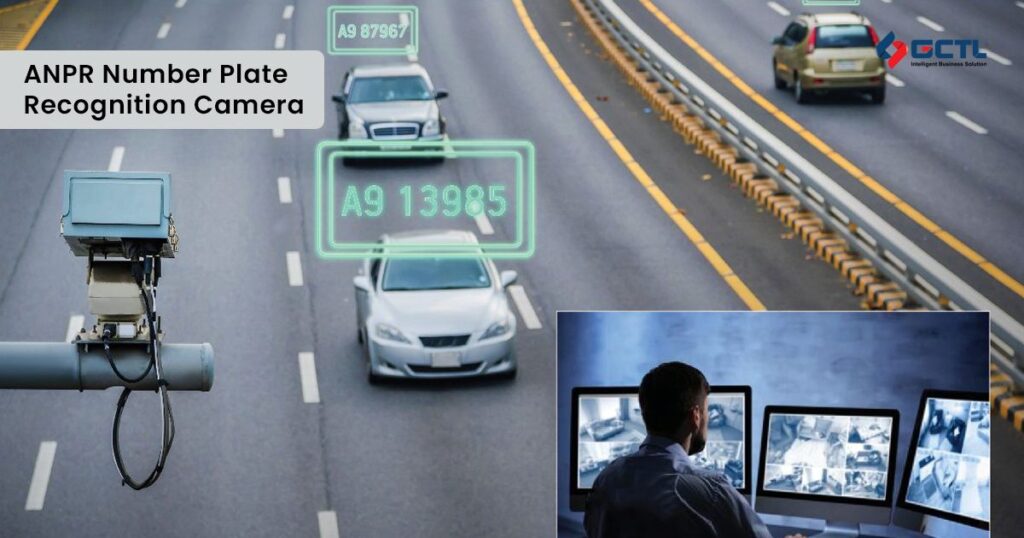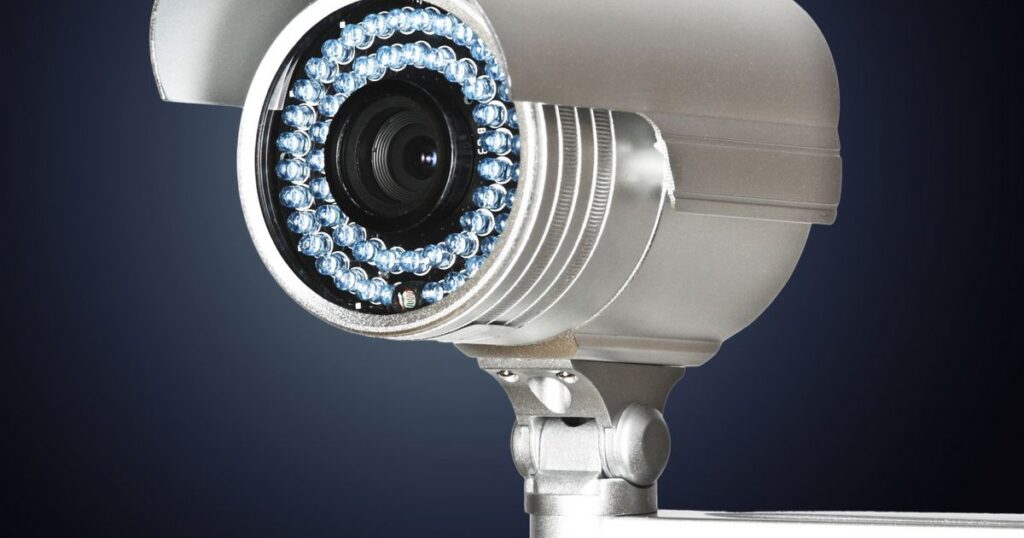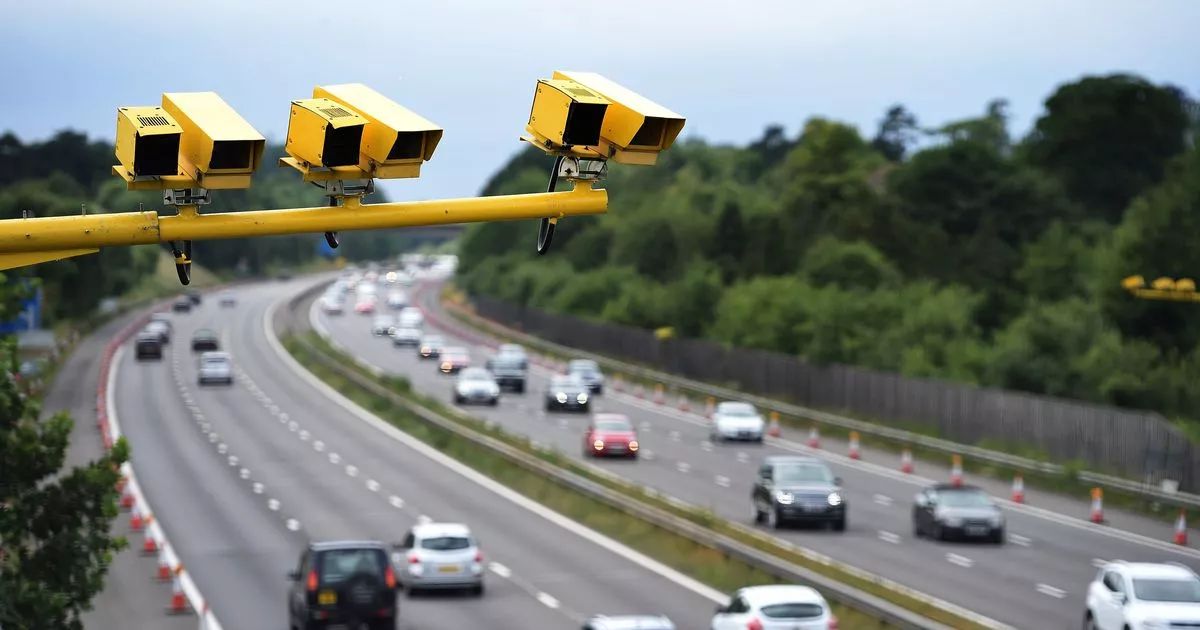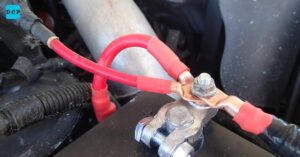Introduction
“4D number plates may cause occasional issues, but they do not effectively block ANPR cameras.”
Automatic Number Plate Recognition (ANPR) cameras are widely used by law enforcement and traffic management systems to capture and read vehicle registration plates. These cameras rely on advanced technology to process the characters on a number plate, enabling authorities to monitor traffic, enforce laws, and collect tolls.
With the introduction of 4D number plates—known for their raised, three-dimensional characters—questions have arisen about whether these new designs could interfere with ANPR systems. Some car owners wonder if 4D plates might block or obscure the cameras’ ability to read the characters accurately, potentially allowing them to evade detection.
This article explores the relationship between 4D number plates and ANPR cameras, examining whether these plates genuinely pose a problem for the technology and what the implications might be for drivers. Understanding the capabilities and limitations of both ANPR cameras and 4D plates is crucial for ensuring compliance with traffic regulations.
Brief Overview of How ANPR Works

ANPR systems work by capturing an image of a vehicle’s number plate and using optical character recognition (OCR) software to translate the characters on the plate into readable text. The camera’s software then compares this text against a database to check for any alerts or matches. ANPR cameras are typically mounted on roadways, toll booths, or traffic lights, and they operate in various lighting conditions.
The efficiency of ANPR cameras relies on their ability to read the number plates clearly, regardless of the weather or lighting conditions. Standard plates are designed to be highly reflective, allowing cameras to capture clear images even at night. However, the introduction of 4D number plates, which have raised characters, may present a challenge to these systems.
What Are 3D Number Plates?
ANPR Anomalies – Problems in Reading
While ANPR cameras are designed to be highly accurate, certain factors can cause anomalies in reading number plates. Environmental conditions like rain, fog, or glare from the sun can make it difficult for the camera to capture a clear image. Additionally, dirt or damage on the number plate can obscure characters, leading to errors in recognition.
4D number plates, with their raised and sometimes intricate designs, may introduce further complications. The depth and angle of the characters can cause shadows or reflections that confuse the camera’s OCR software. In some cases, this can lead to partial or incorrect readings, which might cause issues with enforcement or toll processing.
How ANPR Cameras Work with Standard Number Plates
ANPR cameras use high-resolution imaging and optical character recognition (OCR) to read vehicle number plates. They capture an image of the plate and then process it to extract the text, which is then matched against databases for various checks, such as for stolen vehicles or traffic violations. The standard number plates are designed to be highly reflective, ensuring clear visibility and accurate reading under different lighting conditions.
These cameras are equipped to handle variations in plate design and environmental conditions. They employ advanced algorithms to correct minor distortions and ensure that the captured data is reliable. This robustness is a key reason why ANPR systems are effective across a wide range of conditions, making them a vital tool for traffic management and law enforcement.
Challenges 4D Number Plates Pose to ANPR Systems
4D number plates feature raised characters, which can sometimes lead to challenges for ANPR cameras. The depth and design of these plates might create shadows or reflections that interfere with the camera’s ability to capture a clear image. Such visual distortions can occasionally cause OCR software to misread or fail to recognize the characters correctly.
Despite these challenges, ANPR technology is continually evolving to address such issues. Advanced systems are designed to handle a variety of plate designs, including those with raised elements. While 4D plates may cause occasional reading difficulties, they do not consistently obstruct the functionality of ANPR cameras.
Legal Implications of Blocking ANPR Cameras
Attempting to block ANPR cameras is illegal in many jurisdictions and can lead to severe penalties. Laws generally prohibit any deliberate actions that obstruct or interfere with traffic enforcement technologies. Using devices or methods to block these systems is considered a criminal offense and can result in fines, vehicle impoundment, or other legal consequences.
Beyond the immediate legal risks, attempting to evade ANPR cameras can undermine public safety and the effectiveness of traffic management systems. It is essential for drivers to adhere to regulations and avoid practices that could obstruct law enforcement efforts.
Common Methods to Interfere with ANPR Cameras

Several methods are often attempted to interfere with ANPR cameras, including using reflective coatings on number plates or bright lights to cause glare. Some drivers might use devices that emit infrared light or other forms of interference to try and disrupt the camera’s ability to capture clear images.
However, these methods are largely ineffective against modern ANPR systems, which are designed to handle a wide range of conditions and counteract various forms of interference. Most attempts to obstruct ANPR cameras do not produce reliable results and can lead to legal repercussions.
Effectiveness of 4D Number Plates in Evading ANPR Cameras
4D number plates do not effectively evade ANPR cameras despite their unique design. While they might occasionally cause minor reading issues due to their raised characters, advanced ANPR technology is capable of handling such variations. The effectiveness of 4D plates in obstructing ANPR systems is limited, and they do not provide a foolproof method for evading detection.
Ultimately, the best way to avoid problems with ANPR cameras is to ensure that number plates are compliant with local regulations and maintained in good condition. Attempts to use 4D plates as a means to block ANPR systems are not reliable and can lead to unnecessary legal trouble.
Can You Even Block ANPR Cameras?
The idea of blocking or evading ANPR cameras has intrigued many drivers, especially those concerned about privacy or avoiding fines. However, deliberately obstructing ANPR cameras is illegal in most jurisdictions and can lead to serious penalties. Despite this, some methods have been suggested or attempted to hinder the effectiveness of these cameras.
While some believe that 4D number plates might block ANPR cameras due to their design, evidence on this is mixed. While they may cause occasional reading issues, they are not generally effective at completely blocking ANPR systems. Most ANPR cameras are advanced enough to read even the more complex designs of 4D plates under normal conditions.
Blocking Speed Cameras with Radar and Laser Jammers
Aside from ANPR systems, some drivers attempt to evade speed cameras using radar and laser jammers. These devices are designed to interfere with the signals emitted by speed cameras, preventing them from accurately measuring a vehicle’s speed. However, the use of such devices is illegal in many countries and can result in severe fines or even criminal charges.
Although these methods may work against speed cameras, they are not effective against ANPR cameras, which rely on visual recognition rather than radar or laser technology. Therefore, radar and laser jammers are not a viable option for blocking ANPR systems.
Blocking Infrared Light to Prevent Fines & Charges
ANPR cameras often use infrared light to capture images in low-light conditions. Some drivers have attempted to block or disrupt this infrared light by applying special films or coatings to their number plates. These films are designed to reflect or absorb infrared light, making the plate harder to read.
However, this approach is generally ineffective. Modern ANPR systems are equipped with powerful infrared illuminators and filters that can see through these coatings. Additionally, the use of such films is illegal in many areas and can lead to fines or other penalties.
Use Bright Lights to Over-Expose the Camera
Another method some have considered is using bright lights or reflective materials to overexpose the camera, making the number plate unreadable. By positioning bright LED lights or reflective strips around the number plate, the idea is to cause a glare that blinds the camera.
However, this tactic is also flawed. ANPR cameras are designed to handle a wide range of lighting conditions, and most have automatic exposure controls that can compensate for bright lights or reflections. Moreover, like other forms of interference, this method is illegal and could lead to significant penalties.
Block Infrared Cameras with Reflective Characters

Some people believe that using reflective characters on number plates can block ANPR cameras, especially those that rely on infrared technology. The idea is that the reflective material would either reflect too much light back at the camera or absorb it in such a way that the characters become unreadable.
While reflective characters might cause some issues for ANPR cameras under specific conditions, they are unlikely to completely block the camera’s ability to read the number plate. Additionally, most jurisdictions require that number plates meet specific standards for reflectivity, so using excessively reflective characters may not be legal.
Answers to Key Questions
Can 4D number plates block ANPR cameras?
No, while 4D number plates may occasionally cause reading issues due to their raised design, they do not effectively block ANPR cameras.
Is it legal to use reflective coatings on number plates?
No, using reflective coatings to obstruct ANPR cameras is illegal in many jurisdictions and can result in fines or other penalties.
Can radar jammers block ANPR cameras?
No, radar jammers are designed to interfere with speed cameras, not ANPR systems, which rely on visual recognition.
Do bright lights work to over-expose ANPR cameras?
No, ANPR cameras are designed to handle a wide range of lighting conditions, and most have automatic exposure controls to prevent over-exposure.
Can you legally block an ANPR camera?
No, deliberately obstructing an ANPR camera is illegal and can result in significant penalties.
Are 4D number plates compliant with legal standards?
Yes, as long as they meet the regulatory requirements for reflectivity and character spacing, 4D number plates are legal in most regions.
Conclusion
In Conclusion 4D number plates, with their raised and stylish characters, may occasionally present minor challenges for ANPR cameras, but they do not effectively block these systems. The technology behind ANPR is robust, designed to accurately read various types of number plates under diverse conditions, including those with 4D designs.
Efforts to deliberately obstruct or interfere with ANPR cameras, whether through reflective coatings, bright lights, or other means, are not only ineffective but also illegal in many jurisdictions, leading to potential fines and penalties.
Instead of seeking ways to evade these systems, it’s essential to ensure that your vehicle’s number plate is compliant with local regulations. This approach not only ensures smooth operation through ANPR systems but also helps in avoiding any legal complications.
Ultimately, following the law and maintaining a clear, standard-compliant number plate is the best course of action.

Hi! I’m Liam Scott, the creator behind DriveCarsPedia.com. I’m passionate about cars and dedicated to providing you with expert reviews, detailed guides, and the latest automotive trends. Explore my site for reliable information and insights to fuel your love for cars!








